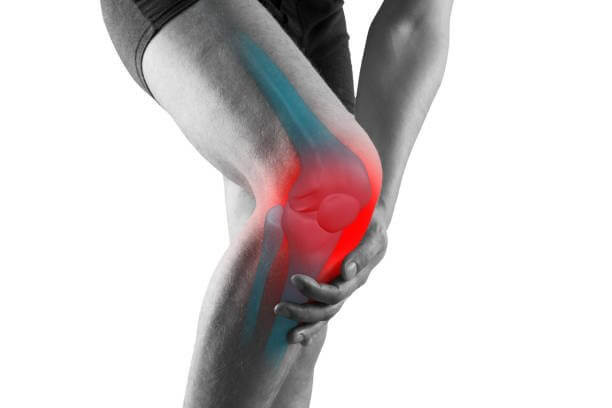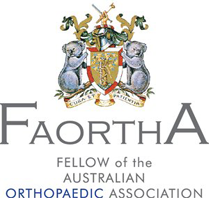Osteoarthritis

The knee joint is the largest joint in the body and is often affected by arthritis. The loss of cartilage within the joint causes inflammation and pain. While arthritis in its early stages can be managed without surgery, when the symptoms worsen, Total Knee Replacement is very successful in alleviating pain and restoring function.
Dr Balendra is a Sydney Knee Surgeon who performs Robotic Knee Replacements to ensure that his patients get the best possible outcome from surgery.
Other surgical options include re-alignment surgery (Osteotomy) or partial knee replacements, and Dr Balendra will discuss this with you in more detail if it is a suitable solution for your problems.
Knee Ligament Conditions
The knee joint has important ligaments that help maintain its stability. The cruciate ligaments (anterior cruciate and posterior cruciate) are on the inside of the knee, while the collateral ligaments (medial and lateral) connect the bones on the outside of the knee. If any of these ligaments are damaged, it can make your knee unstable.
Dr Balendra is a knee surgery specialist, with a passion for ACL reconstruction surgery, PCL reconstruction surgery and Multi-ligament reconstruction surgery. Dr Balendra will discuss in detail with you regarding the choice of surgery, and he will also work closely with your physiotherapist whilst you undergo rehabilitation after the knee reconstruction to ensure you get the best outcome from the operation.
Meniscal Conditions
The Meniscus are bits of cushion within your knee. A torn meniscus is one of the more common types of knee injuries. Although meniscal tears don’t always require surgery, a consultation with a specialist knee surgeon ensures that you are on the most appropriate treatment pathway, which will lead to a quicker recovery.
Patellofemoral Conditions
Patellofemoral Instability occurs when the patella (kneecap) is not properly aligned, leading to episodes of the kneecap dislocating (sliding out of place). This can result in pain, locking of the knee or feelings of instability. This condition can be caused by a variety of factors, including trauma to the knee, muscle weakness and ligamentous laxity. Treatment for patellofemoral instability typically involves physiotherapy to strengthen the muscles around the knee. In some cases, surgery may be necessary to correct anatomical abnormalities or repair damaged ligaments, and Dr Balendra, who is a knee surgery specialist, can discuss this with you in more detail.
Other Knee Conditions
- Osteochondritis Dissecans
- Tendon Injuries/rupture (Patella and Quadriceps)
- Osgood Schlatter’s disease



